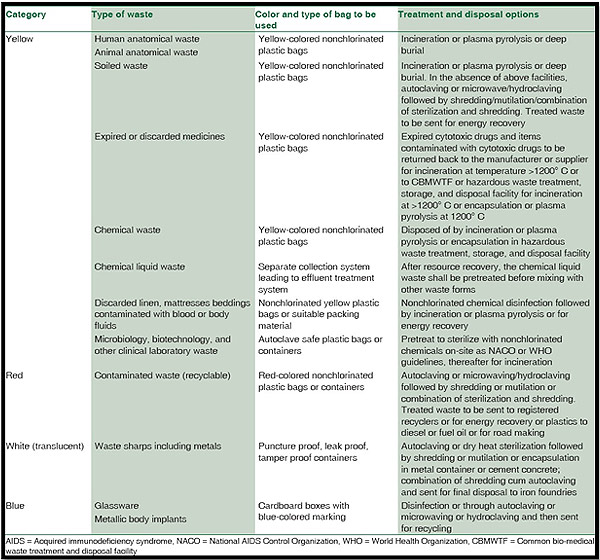The Facts About Reclaim Waste Revealed
The Facts About Reclaim Waste Revealed
Blog Article
6 Simple Techniques For Reclaim Waste
Table of ContentsThe Main Principles Of Reclaim Waste Reclaim Waste Fundamentals ExplainedThe Buzz on Reclaim WasteTop Guidelines Of Reclaim WasteSome Of Reclaim Waste
Check out the types, events, and forms of fluid waste. Residential sewage waste refers to the waste and products from a household septic container. This sort of waste is created by human beings in residences, institutions, and other structures. This only consists of septic containers that have a drain area. The appropriate management and disposal of residential sewer waste need fluid waste to be moved to a sewer treatment plant where the correct methods and devices are put on detoxify and throw away waste.
Industrial waste commonly includes prospective risks, such as flammable materials or a blend of fluid and solid waste items, and calls for an advanced and in-depth disposal process. The disposal of industrial waste typically involves the filtering of waste prior to transport to make certain safe and appropriate disposal. Hazardous waste is produced from results and runoff of commercial processes and production.
This type of waste can not utilize the very same sewer monitoring transportation or processes as septic or business liquids. The hazardous waste monitoring procedure requires the evaluation and testing of liquid waste before it goes through the disposal process (liquid waste removal). Runoff waste is the liquid waste that originates from drainage and excess stormwater in highly populated locations or cities
Runoff waste can cause contamination and flooding if not taken care of correctly. Guaranteeing appropriate waste monitoring can prevent calamities and minimize environmental injury.
Reclaim Waste - Truths
Call PROS Solutions today to learn regarding our waste management and disposal solutions and the proper means to care for the fluid waste you create.
(https://sitereport.netcraft.com/?url=https://reclaimwaste.com.au)This so-called 'wastewater' is not only a vital source yet, after treatment, will be launched to our land, waterways or the sea. Made use of water from bathrooms, showers, baths, kitchen area sinks, washings and industrial procedures is understood as wastewater.

water made use of to cool equipment or tidy plant and equipment). Stormwater, a type of wastewater, is runoff that flows from agricultural and city areas such as roofs, parks, gardens, roadways, courses and seamless gutters into stormwater drains, after rainfall. Stormwater flows neglected straight to local creeks or rivers, ultimately getting to the ocean.
The Best Strategy To Use For Reclaim Waste
In Queensland, many wastewater is treated at sewer treatment plants. Wastewater is delivered from residential or commercial websites with a system of drains and pump stations, recognized as sewage reticulation, to a sewage treatment plant. Regional federal governments develop, preserve and operate most sewage treatment plants. Operators are licensed under the Environmental Management Act 1994 to discharge treated wastewater at an appropriate environmental requirement right into waterways.
The Department of Natural Resources recommends city governments regarding handling, operating and preserving sewerage systems and therapy plants. In unsewered locations, regional governments may call for owners to mount private or home sewage treatment systems to deal with domestic wastewater from toilets, kitchens, bathrooms and laundries. The Department of Natural Resources authorizes using home systems when they are verified to be efficient.
The majority of stormwater gets no treatment. In some brand-new subdivisions, therapy of some stormwater to eliminate clutter, sand and gravel has started using gross pollutant catches. Wastewater treatment takes place in 4 stages: Gets rid of solid issue. Larger solids, such as plastics and other items wrongly discharged to sewers, are eliminated when wastewater is travelled through screens.
Makes use of tiny living microorganisms recognizes as micro-organisms to break down and eliminate continuing to be liquified wastes and fine particles. Micro-organisms and wastes are incorporated in the sludge.
The Basic Principles Of Reclaim Waste
Nutrient elimination is not offered at all sewage treatment plants because it calls for pricey specialized devices. Clear fluid effluent produced after treatment may still contain disease-causing micro-organisms - industrial wastewater treatment.

This usually indicates wastewater needs to be dealt with or impurities eliminated before it can be discharged to waterways. The majority of wastewater moves into the sewerage system. Under the Act, city governments carry out authorizations and licences for ecologically pertinent activities (Periods) including wastewater releases that may have a local impact. The department administers approvals and licences to Periods involving wastewater releases that might have a regional or statewide influence.
Excitement About Reclaim Waste
Otherwise, samples are considered research laboratory evaluation. Frequently many examinations are needed to establish the levels of each of the various contaminants such as oils, heavy metals and chemicals in water. Monitoring provides accurate info about water quality and can validate that permit conditions are being fulfilled. The information acquired via tracking gives the basis for making water high quality decisions.
Report this page